The Sound of Fear: Six Essential Horror Movie Scores
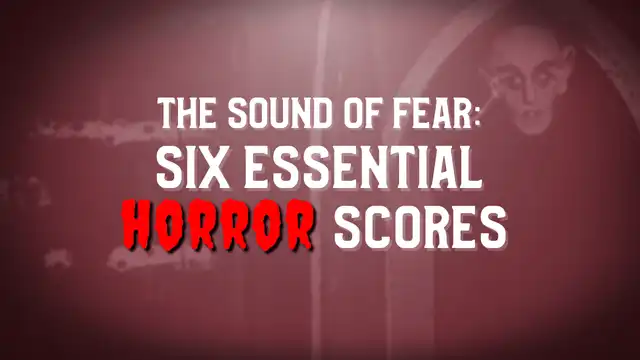

What’s the difference between a cheesy jump-scare and a true moment of terror? Just a few well-placed notes.
Horror movies rely on music and sound not as background decoration, but as the pulse of fear itself. Strip away the score from your favorite scary flick and you might have unsettling imagery—but the creeping dread, the tingling tension, the heart-pounding release? Gone.
Music in horror works on a primal level. A single note can make your hair stand on end, a drone can stir your stomach, and a shriek of strings can jolt your body before your brain catches up. From the earliest silent films to modern synth masterpieces, sound has been the unsung (or, at least, screamed) main character of the genre.
The story of horror’s most chilling scores begins long before Dolby surround sound—back when movie houses were filled with live musicians improvising their way through tales of monsters, mad scientists, and spectral shadows.
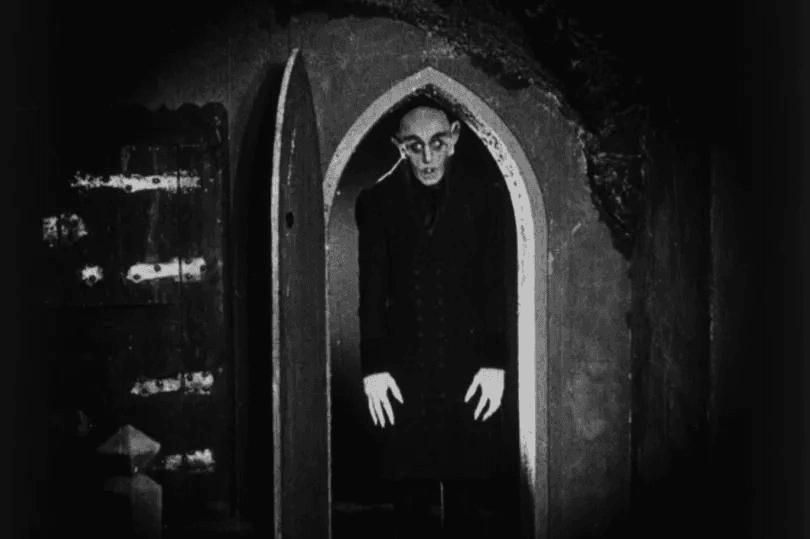
The Birth of Spooky Sound: Music in the Silent Era
Before microphones ever rolled on a film set, music gave horror its heartbeat. In the silent era of the 1920s, films like The Cabinet of Dr. Caligari (1920) and Nosferatu (1922) terrified audiences with grotesque imagery and expressionist visuals—but what sealed the frightening deal was their live accompaniment.
Cinemas employed organists and small ensembles who used leitmotifs—recurring musical themes—to represent characters or emotional beats. For Nosferatu, many theaters relied on organ-heavy arrangements that mimicked the tolling of funeral bells or the flutter of bats. The film’s 1922 premiere featured a bespoke score by composer Hans Erdmann, blending Romantic orchestration with dissonant, unsettling harmonies that foreshadowed the modern horror soundscape.
These early composers set the tone (literally) for what horror music would become and paved the way for the most iconic films in modern horror....
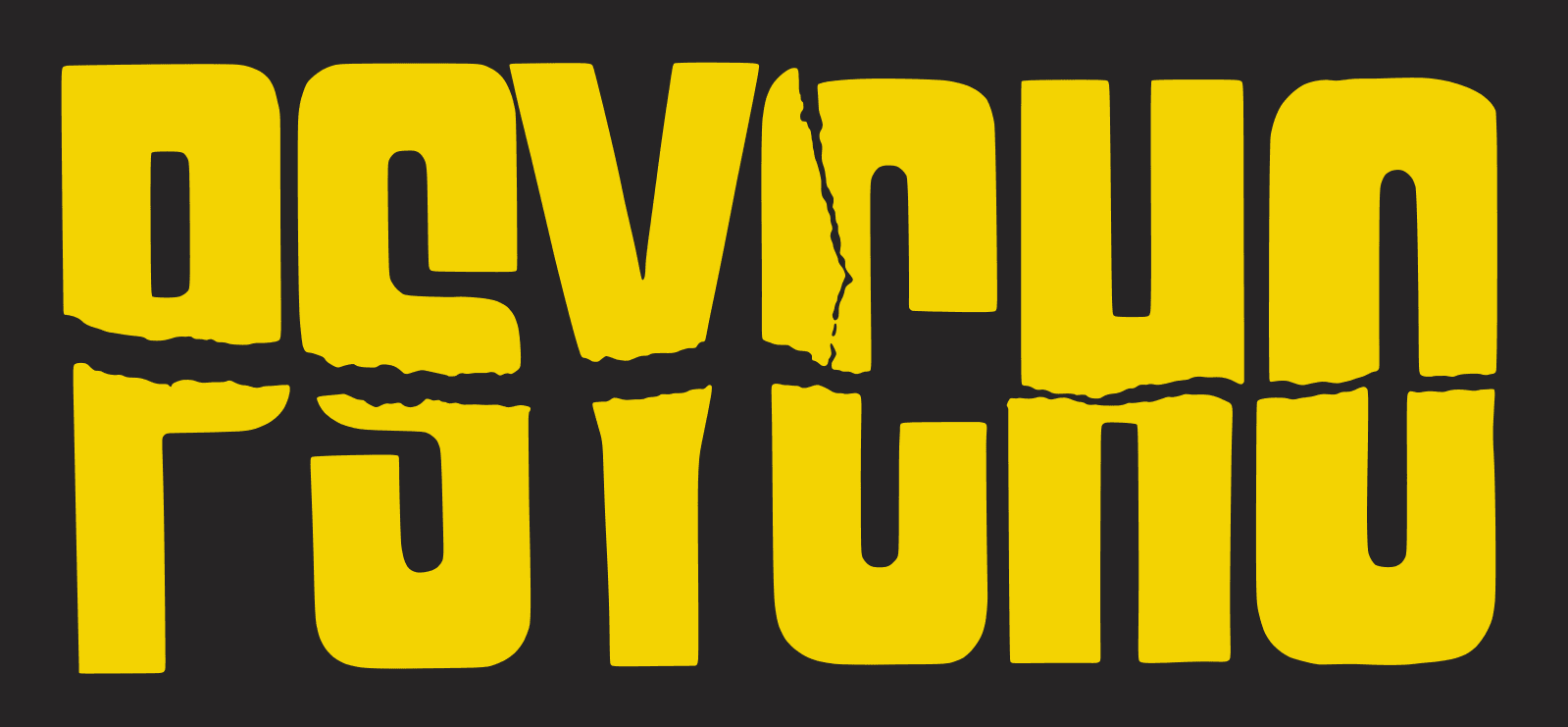
Psycho (1960) – Screaming Strings
Few sounds in cinema are as instantly recognizable as the “REEE! REEE! REEE!” from Psycho’s shower scene.
Bernard Herrmann, Alfred Hitchcock’s longtime musical collaborator, redefined fear with his all-string orchestral score. By stripping away brass and woodwinds, Herrmann created a swirling, monochrome palette that mirrored the film’s stark black-and-white cinematography.
The stabbing violins in Psycho do more than accompany the violence—they are the violence, assaulting the senses and embodying both Norman Bates’s frenzy and Marion Crane’s panic. Herrmann’s essentially used melody as murder weapon.
Outside Psycho, Herrmann’s résumé reads like a tour through premium mid-century cinema: Vertigo, North by Northwest, and later, Taxi Driver. But it was Psycho that ensured his name—and those strings—would forever echo through haunted houses everywhere.
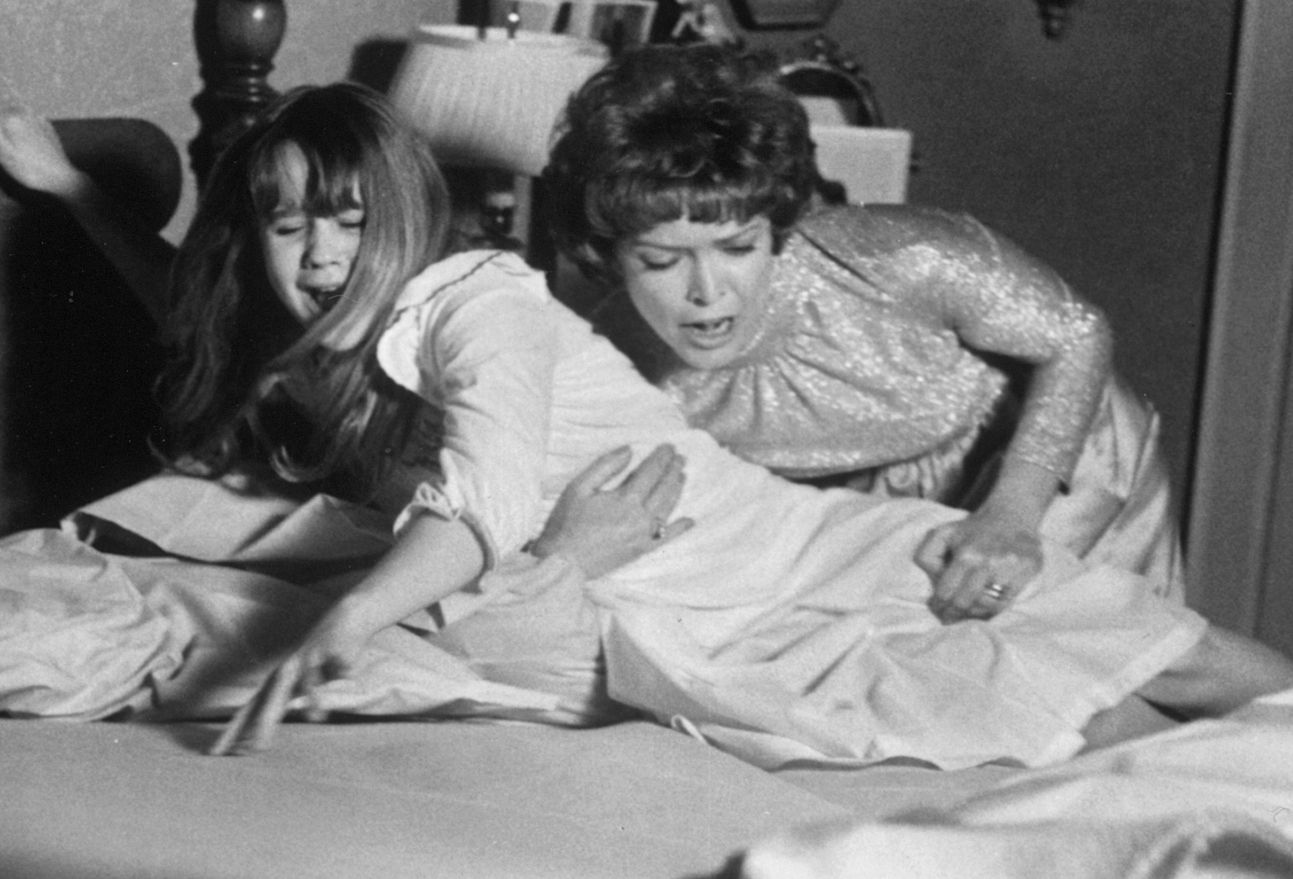
The Exorcist (1973) – Demonically Haunting Minimalism
It’s ironic that The Exorcist’s most famous piece of musical accompaniment, "Tubular Bells," wasn’t even written for the film... instead, it became – dare we say, possessed by the demonic themes of the movie for which it'd be forever associated.
Director William Friedkin discovered the track—a 1973 prog-rock instrumental—while sifting through demo tapes, and its eerie, cyclical piano riff became synonymous with demonic possession.
Mike Oldfield, just 19 when he recorded it, was a multi-instrumentalist wunderkind layering everything from guitars to glockenspiel to organ. The result is hypnotic, not horrific—until paired with The Exorcist’s imagery, when it transforms into something profoundly unsettling.
The soundtrack also paved the way for progressive rock and minimalism in horror, influencing John Carpenter, Goblin, and beyond. Oldfield went on to release dozens of albums, but his debut remains his most chilling by association.
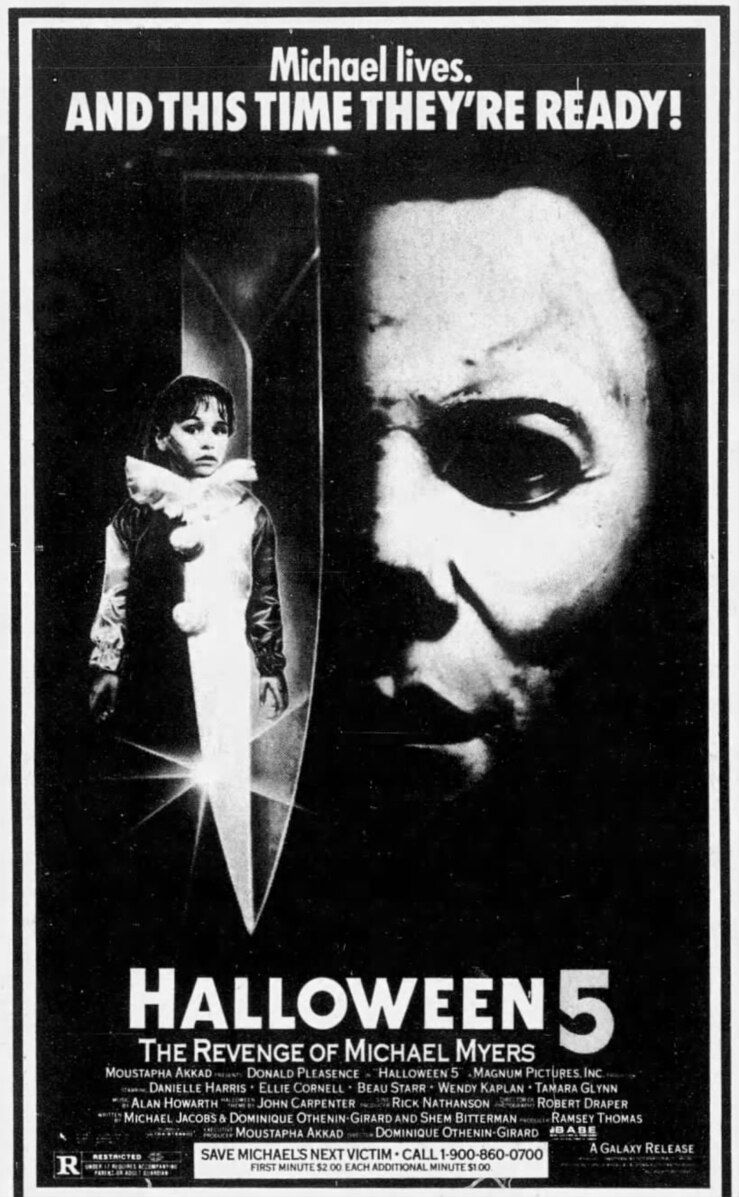
Halloween Series (1978 - ?) – Synth-Scare Symphonies
If Bernard Herrmann gave us horror’s most famous strings, John Carpenter gave us its most iconic synth.
Carpenter, who not only directed Halloween but composed and performed the score, created an exercise in minimalism and menace. The 5/4 piano pattern of the Halloween Theme is deceptively simple—just a few repeating notes—but it’s rhythmic, relentless, and inescapable. Like Michael Myers himself, it just keeps coming.
Working with basic analog synths and tape recorders, Carpenter crafted an electronic sound that was cold, pulsing, and modern—perfectly matching his faceless killer. The result revolutionized horror scoring, spawning an entire generation of synth-driven soundtracks - Friday the 13th, The Fog, and more recently TV's Stranger Things.
Carpenter’s other scores—Escape from New York, The Thing, Christine—cemented him as horror’s first true auteur of sound and vision.
So Good It's Scary
Our best-selling sets strike fear in the hearts of lesser strings.

Stringjoy 10-48 Balanced Light Gauge Signatures - Nickel Wound Electric Guitar Strings

Stringjoy 9-46 Husky Super Light Gauge Orbiters - Coated Nickel Electric Guitar Strings

Stringjoy 11-52 Super Light Gauge Naturals - Phosphor Bronze Acoustic Guitar Strings

Stringjoy 12-54 Light Gauge Foxwoods - Coated Phosphor Bronze Acoustic Guitar Strings

Stringjoy 9-46 Heavy Bottom Super Light Gauge Broadways - Pure Nickel Electric Guitar Strings
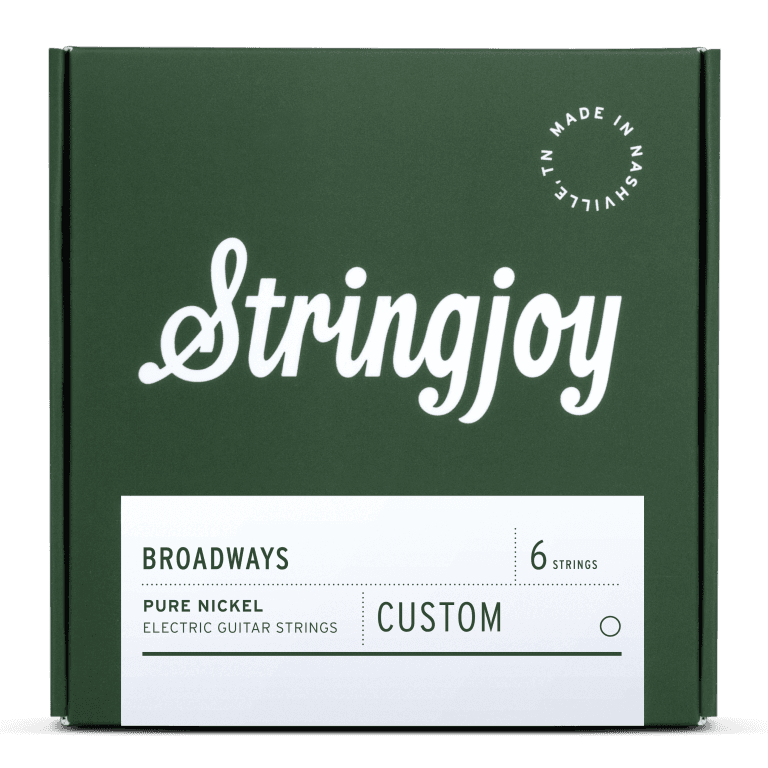
Stringjoy Custom Broadways - Pure Nickel Electric Guitar Strings

Stringjoy Custom 6 String Signatures - Nickel Wound Electric Guitar Strings

Stringjoy 9-46 Husky Super Light Gauge Signatures - Nickel Wound Electric Guitar Strings

Suspiria (1977) – Prog-Rock Nightmare Fuel
Italian horror in the 1970s wasn’t exactly subtle, and neither was its music.
Dario Argento’s Suspiria opens with kaleidoscopic visuals, brutal violence, and the hypnotic sound of Goblin, the Italian prog-rock band that composed its soundtrack.
Their score is a fever dream of whispered chants, pounding percussion, distorted guitar, and synthesizers that squeal like banshees. The main theme layers a childlike music-box melody over demonic growls—a sound so unsettling it feels alive.
Goblin’s approach was experimental yet precise, blurring the line between score and sound design. Their work on Suspiria, Deep Red, and Dawn of the Dead (yep, George Romero’s zombies also got the Goblin treatment!) made them icons of horror prog.
To this day, no film sounds quite like Suspiria. It’s chaotic, beautiful, and absolutely terrifying.
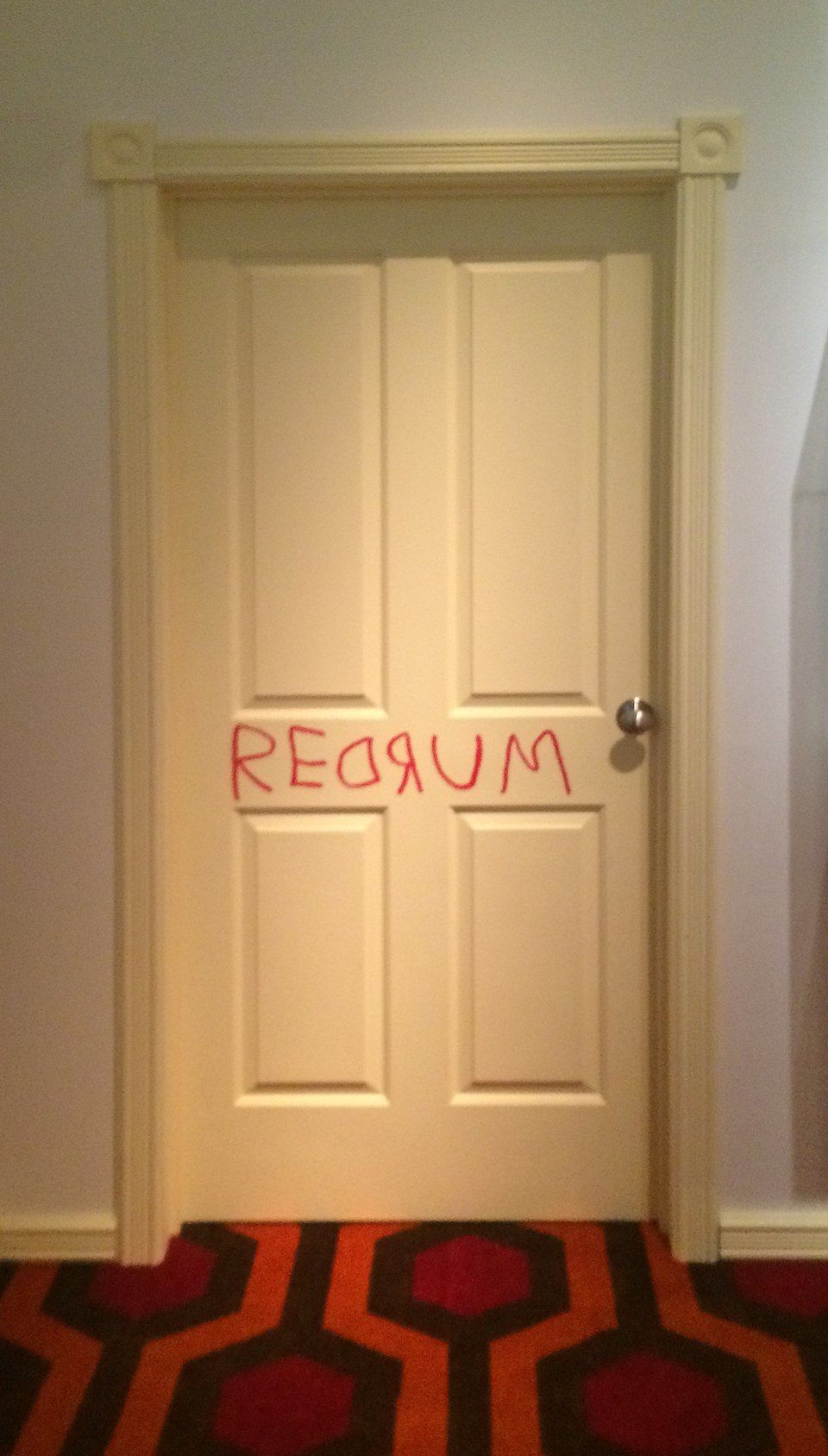
The Shining (1980) – Wendy Carlos' Orchestral Abyss
Stanley Kubrick’s The Shining opens with an image of a car winding up a mountain road—and an electronic dirge that immediately tells you something is not quite right. That’s the work of Wendy Carlos, electronic music pioneer and Robert Moog collaborator who turned heads with her electro-Baroque masterpiece, Switched-On Bach.
Carlos, who had already partnered with Kubrick on A Clockwork Orange, combined classical motifs with modular synths to create an otherworldly soundscape. The Shining’s score blends her eerie electronics with 20th-century avant-garde orchestral pieces by Bartók and Penderecki—filling the Overlook Hotel with a symphony of abject dread.
Carlos helped shape the very language of electronic film scoring. Without her, there’s no Tron soundtrack and no synth revival.
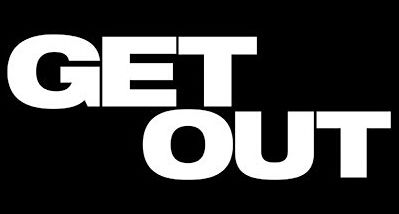
Get Out (2017) – Swahili Jump Scares
Fast-forward to the 21st century, and horror’s sound has evolved—but its soul remains. For Jordan Peele’s Get Out, composer Michael Abels crafted a score rooted in both tradition and innovation.
Abels, known for blending African diasporic influences with classical orchestration, composed Sikiliza Kwa Wahenga (“Listen to the Ancestors”), a choral piece sung in Swahili to be utilized as the film's primary, recurring theme. The result? A score that feels ancient and foreboding, yet modern and cinematic.
The film’s blend of social horror and psychological tension demanded music that could whisper rather than scream. Abels delivered just that—melding strings, percussion, and eerie vocals into something hauntingly spiritual.
His partnership with Peele continued through Us and Nope, proving that horror scoring in the modern era can be both deeply cultural and deeply unnerving.
Epilogue: The Eternal Echo of Fear
From live organists haunting silent theaters to synthesizer maestros programming terror by hand, horror music has always been about emotion—visceral, physical, unforgettable. Whether it’s strings slicing through your nerves, synths crawling under your skin, or prog-rock hysteria, the lesson remains the same:
Fear doesn’t just live in what we see. It vibrates in what we hear.
So this Halloween, when you cue up a classic scare, close your eyes for a moment. Let the sound wash over you. The monsters may be fictional—but the goosebumps are very, very real.
Other Posts you may like
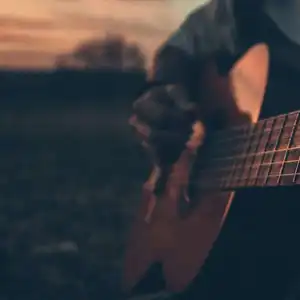
Guitar Strings Order: How the Guitar is Tuned and Why
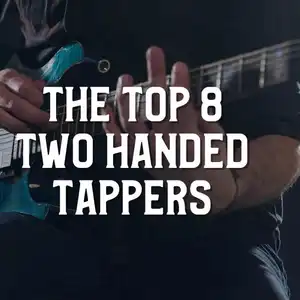
Two Handed Tapping: Our Top 8 Tappers of All Time
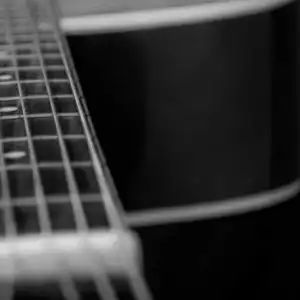
Which Guitar Strings Wear Your Fret Wire Down More?
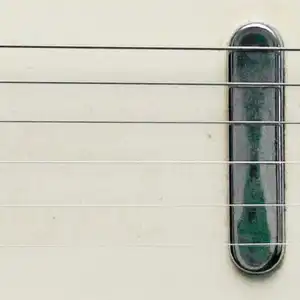
What is Nashville Tuning? Its History, Best Guitar Strings & Uses
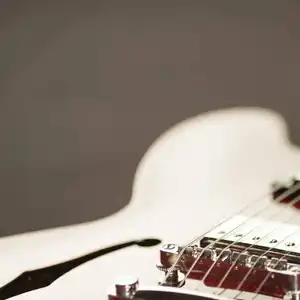
Guitar Scale Length Explained: String Tension & Playability
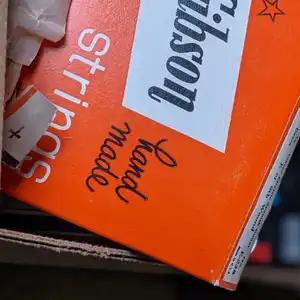
What Guitar Strings I Used To Play...
0 Responses
Leave a Reply
Your email address will not be published. Required fields are marked *

